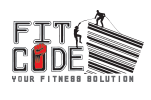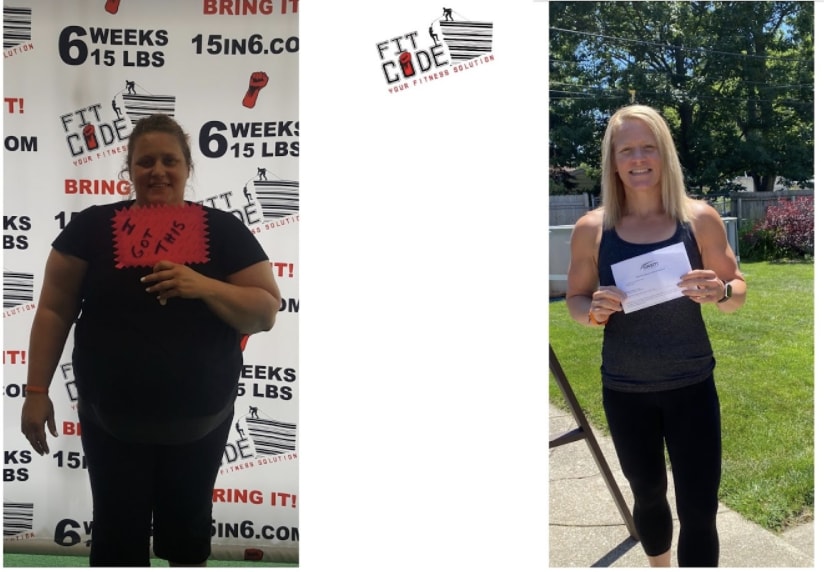...
Read MoreBig box gyms are the same when it comes to fitness programs. They offer basic nutrition coaching and boot camp training. But do they really motivate people to reach their fitness goals? Be honest . . . they don’t.
At Fit Code, we know a better way to get results.
Fit Code offers a training program that is adaptable, empowering, and incredibly supportive. We provide the personal attention and community feel that can give you the extra motivation to reach your fitness goals. Since 2009, we have helped hundreds of men and women in the Chicago area reclaim their bodies. Our clients have taken control of their health, their future, and their confidence.
And, by joining us, so can you.
Results aren't handed out, they are earned!
Our team at Fit Code is committed to helping you achieve your goals. Starting from your very first day of training, our coaches will help you lose weight, build muscle, and become your ideal self.
We're not keeping secrets. When you train with us, we'll help you understand how your body works and the facts behind nutritional guidelines so that you can get the best results possible.
Become your best self! Our team at Fit Code is on a mission to help ordinary men and women from all around Beverly, Midway, and all of Chicago experience a life-changing transformation.
If you don't believe that our unique approach to personal training and general fitness really works, check out our testimonials. Our compassionate, professional coaches have touched hundreds of lives. Yours could be next!


During the first 10 months of my membership, I completed five 6 Weeks challenges and lost just over 108 pounds. Over the next 2 years, I maintained the 108 pound weight loss and lost an additional 32 pounds for a total, so far, of 140 pounds lost! I could not have done it without the support and motivation of Shelton, who I did 1 on 1 coaching with, the coaches and my Fit Code family. I look forward to continuing on this journey with Fit Code!

I became a member of Fit Code in November 2018, since that time I have lost 38 lbs and 12% body fat...more importantly I have been able to maintain these results. The environment is so warm and welcoming. The coach and the "fit family" encouraged me, helped with my form, and became friends.